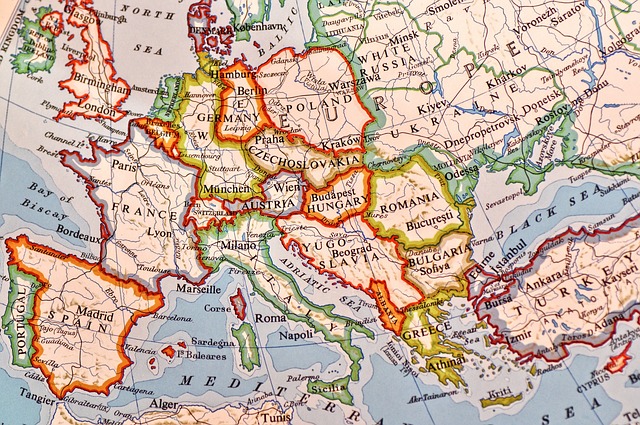
Overview of the Chapter
This chapter continues the exploration of India's historical journey and its interaction with the contemporary world, as part of the CBSE Grade 9 Social Studies curriculum. It delves into significant events, movements, and transformations that shaped modern India and its global connections.
The chapter emphasizes the socio-political and economic changes during the colonial period and their lasting impact on India's development.
Key Themes Covered
- Colonialism and its effects on Indian society and economy
- The rise of nationalism and the freedom struggle
- Social reforms and movements during the 19th and early 20th centuries
- India's interaction with global events and ideologies
Detailed Summary
Colonialism and Its Impact
The chapter begins by examining the economic exploitation under British rule, including the drain of wealth, deindustrialization, and the transformation of agrarian structures. It highlights how colonial policies disrupted traditional livelihoods and created new social hierarchies.
Colonialism refers to the political and economic control of one country by another, often leading to exploitation and cultural domination.
The Rise of Nationalism
The emergence of Indian nationalism is traced through various phases, from early revolts like the 1857 uprising to the formation of the Indian National Congress. Key figures such as Dadabhai Naoroji, Bal Gangadhar Tilak, and Mahatma Gandhi are discussed in the context of their contributions to the freedom movement.
Social Reforms and Movements
The chapter explores reform movements like the Brahmo Samaj, Arya Samaj, and the efforts to abolish regressive practices such as sati and child marriage. It also covers the role of education and the press in spreading awareness and fostering a sense of unity.
Social reform movements aimed to address injustices and promote equality, often challenging traditional norms and colonial policies simultaneously.
Global Connections
India's participation in global events, such as World War I and the influence of international ideologies like socialism and communism, is analyzed. The chapter also discusses how global economic trends affected India's colonial economy.
Conclusion
This chapter provides a comprehensive understanding of India's struggle against colonialism, the evolution of its national identity, and its engagement with global forces. It underscores the interconnectedness of local and global histories in shaping contemporary India.
